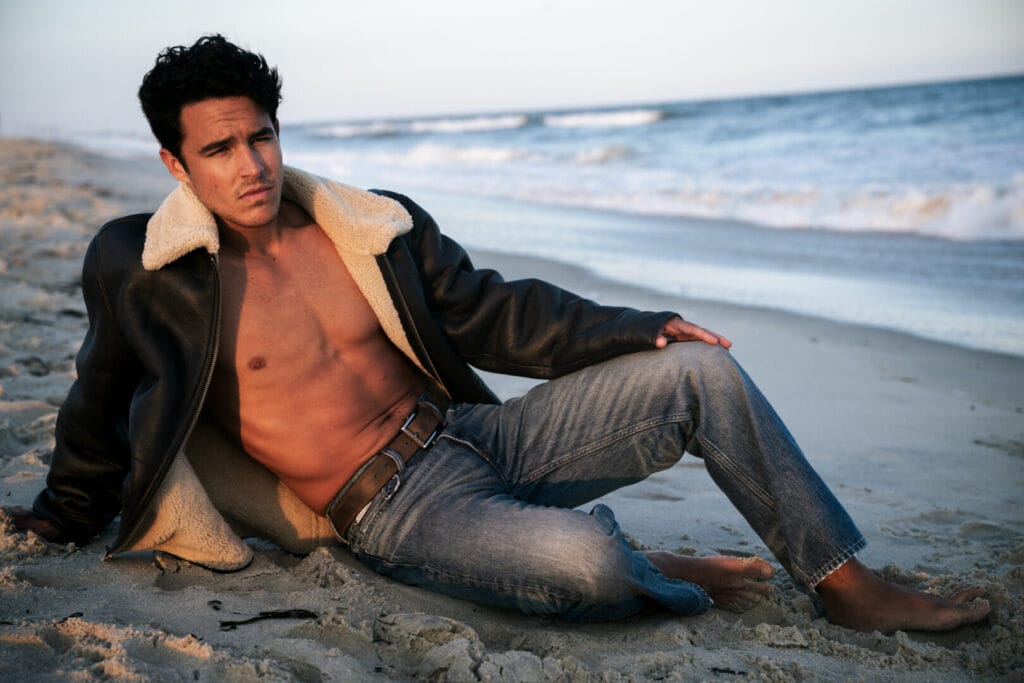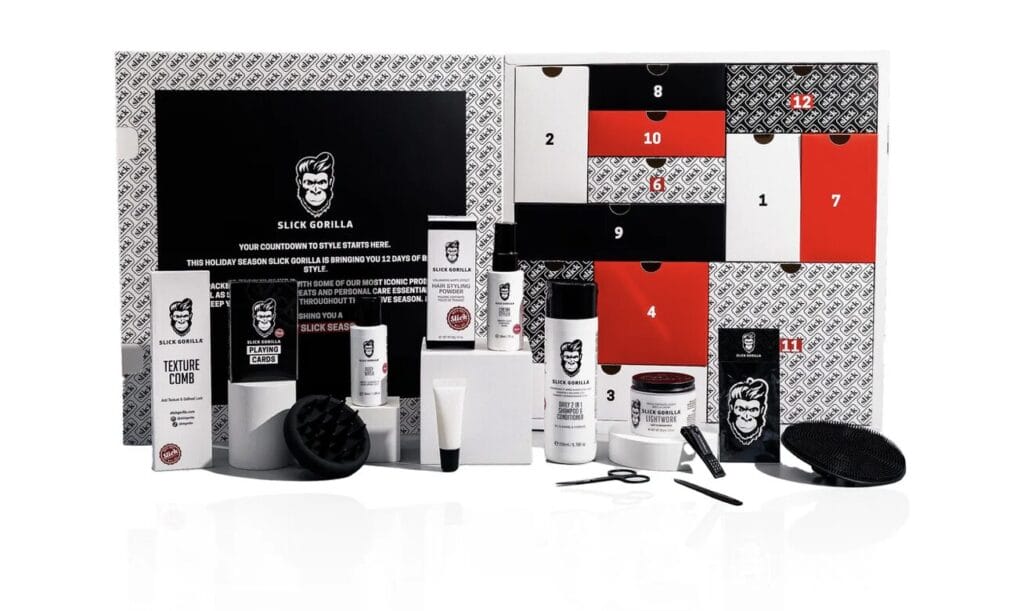There’s a moment in every brand’s life when the glitter fades and the mirror cracks. For Victoria’s Secret, that moment is now. The recent activist pressure from Barington Capital Group isn’t just a financial maneuver — it’s a cultural reckoning. It’s the loud knock on the boardroom door that says: “Your time’s up.”
As someone who’s spent decades analyzing the intersection of fashion, culture, and commerce, I’ve seen legacy brands try to outrun their past with glossy campaigns and vague empowerment slogans. But you can’t rebrand your way out of rot. And Victoria’s Secret, once the crown jewel of American lingerie, is now a case study in what happens when leadership loses the plot.
Let’s be clear: this isn’t about one bad quarter or a dip in valuation. This is about systemic misalignment. A profitable beauty division can’t rescue a company suffering from operational disarray. You can’t moisturize your way out of a structural breakdown. The cracks are showing — and investors, consumers, and culture at large are no longer willing to look away.
“Victoria’s Secret isn’t just facing activist pressure — it’s facing a cultural reckoning. The brand’s identity crisis is a symptom of deeper dysfunction: misaligned leadership, performative pivots, and a refusal to evolve operationally. You can’t rebrand your way out of rot, and you certainly can’t moisturize over structural cracks. Today’s consumers demand clarity, consistency, and cultural fluency. Anything less is a fast track to irrelevance.” — Joseph DeAcetis, Editor at StyleLujo.com
and Professor at the Fashion Institute of Technology
Victoria’s Secret’s boardroom dysfunction is playing out in real time. One day it’s a feminist rebrand, the next it’s rebooting runway angels. That’s not strategy — that’s confusion. And confusion kills consumer trust. When a brand reinvents itself every two weeks, people stop responding. Investors want clarity. Consumers want consistency. Victoria’s Secret is offering neither.
What’s most alarming is the performative nature of its pivots. Legacy brands often try to stealth-change — hoping no one notices the shift. But today’s consumers are too savvy for that. They want transparency, not theater. They want brands to say, “We got it wrong. We’re fixing it. Here’s how.” Anything less feels like manipulation.
From my experience consulting with over 250 businesses, the most common pitfall is mistaking rebranding for rebuilding. It’s like throwing a new coat of paint on a house with no plumbing. Looks great on Instagram. Smells like regret in real life. The smart brands know that modernization means operational evolution — not just aesthetic upgrades.
Effective brand governance in 2026 isn’t about control. It’s about cultural agility and operational clarity. It’s about building systems that can navigate chaos without losing voice or vision. Imagine a boardroom where diversity isn’t a checkbox, and strategy meetings don’t end in existential dread. That’s the future. And it’s arriving fast.
Victoria’s Secret’s identity crisis is more than a branding issue — it’s a valuation issue. Confusion erodes loyalty. Loyalty drives value. If investors can’t define what they’re buying, they won’t fund it. It’s that simple.
Emerging brands should take note. Don’t build castles on sand. Creative vision is powerful, but only if it’s backed by operational integrity. The brands winning today are aligning their creative and ops teams — not just putting them in the same Slack channel, but in the same room, with shared goals and mutual respect.
Which brings me to Jared Navarre — a multidisciplinary founder who’s built Keyni and ZILLION, about the latest activist pressure on Victoria’s Secret and what it really says about leadership, valuation, and brand confusion– Chaotic and precise. Rebellious and refined. Jared’s approach isn’t just creative — it’s systemic. His teams know the aesthetic and the cost structure. They’re co-parents, not combatants. That’s the secret sauce.

To better understand the deeper implications of activist pressure on legacy brands, I sat down with Jared Navarre, Founder of Keyni and ZILLION. With over 250 businesses consulted and a reputation for bridging creative vision with operational clarity, Jared offers a rare lens into what’s really going wrong — and how to fix it.
Joseph DeAcetis: What does the recent activist pressure on Victoria’s Secret reveal about the current state of leadership within legacy fashion and beauty brands? Jared Navarre: It shows that too many legacy brands are still trying to duct tape new values onto an old machine. The engine’s leaking oil, but leadership’s busy adjusting the mirrors. Activist pressure isn’t a surprise attack… it’s the natural consequence of ignoring culture, misreading the room, and assuming consumers still respond to spray-tanned nostalgia and pink glitter slogans. Spoiler: they don’t.
Joseph DeAcetis: Why can’t a profitable beauty division rescue a company suffering from operational disarray? Jared Navarre: Because a great beauty line can’t fix bad habits. You can’t moisturize your way out of a structural breakdown. Beauty may be the only thing still generating revenue, but it’s also doing so while standing on a shaky platform of misaligned leadership, burnt-out teams, and operational chaos. Eventually, the cracks show. Lip gloss doesn’t plug them.
Joseph DeAcetis: How does board misalignment manifest publicly and internally … and what are the long-term consequences? Jared Navarre: Outside, it looks like your brand is having an identity crisis …one day it’s feminist rebrand, the next it’s rebooting runway angels. Inside, it feels like Groundhog Day: same meeting, same confusion, different week. When the board isn’t aligned, nobody’s really sure who’s driving the brand or where it’s going ….so the safest choice becomes doing nothing. And nothing is a great strategy… for irrelevance.
Joseph DeAcetis: What does effective brand governance look like in 2026? Jared Navarre: Imagine a boardroom where people actually listen, diversity isn’t a checkbox, and strategy meetings don’t end in existential dread. That’s where we’re headed. Effective governance now means you’ve built in cultural agility and operational clarity ….and people know when to make a decision without scheduling twelve follow-up Zooms. It’s not about controlling the brand …. it’s about equipping it to navigate chaos without losing its voice (or its customers).
Joseph DeAcetis: Victoria’s Secret has long struggled with brand identity. How does that confusion impact consumer trust and valuation? Jared Navarre: Think of it like dating someone who reinvents themselves every two weeks …. eventually you just stop responding to their texts. Brands are relationships, and if yours keeps shifting personalities without a clear through-line, people check out. Confusion kills loyalty, and when loyalty drops, so does valuation. Investors want to know what they’re buying. If they can’t define it, they won’t fund it.
Joseph DeAcetis: How can legacy brands rebuild operational clarity without alienating their existing customer base or appearing performative? Jared Navarre: Stop pretending you were always this enlightened. Say, “Hey, we got some stuff wrong, we’re fixing it, and here’s how.” Customers appreciate honesty way more than brand theater. Trying to stealth-change without acknowledging your past is how you lose your old audience and fail to gain a new one. It’s like sneaking out of your own birthday party and hoping no one notices you changed outfits.
Joseph DeAcetis: From your experience consulting with over 250 businesses, what’s the most common pitfall when brands attempt to modernize? Jared Navarre: They rebrand instead of rebuilding. It’s like throwing a new coat of paint on a house with no plumbing. Looks great on Instagram. Smells like regret in real life. Most companies think modernizing means “make it look cooler.” The smart ones know it means “make it work better.” If your operations, systems, and incentives haven’t evolved, that new logo is just lipstick on legacy.
Joseph DeAcetis: How do you distinguish reactive rebranding from authentic reinvention? Jared Navarre: Reactive rebranding happens when a scandal hits and someone says, “Quick, let’s post something with soft lighting and vague empowerment language.” Reinvention is when you quietly overhaul how your business works before someone calls you out. One’s a performance. The other’s a process. If you’re announcing a rebrand on Twitter with a new mission statement and no org chart changes, it’s probably the first one.
Joseph DeAcetis: What’s the key lesson for emerging brands in the Victoria’s Secret case, especially around aligning creative vision with operational systems? Jared Navarre: Don’t build a castle on sand. Creative vision is amazing….but only if you can actually deliver on it. Otherwise, it’s just a pitch deck with moodboard energy. Victoria’s Secret had teams building bold campaigns while the back end was stuck in a time warp. The brands winning today are making sure their creative and ops teams are in the same meetings, not just the same company Slack.
Joseph DeAcetis: As the creator of ZILLION, how do you avoid the legacy brand pitfalls through your multidisciplinary approach? Jared Navarre: We embrace tension. ZILLION is built to live between extremes… it’s chaotic and precise, rebellious and refined. That’s not by accident. Our creative side and operational backbone aren’t at war ….they’re co-parents. Everyone in the room knows what we’re building, why it matters, and how to actually get it done. It’s part
#JaredNavarre #ZILLIONBrand #LegacyBrands #FashionLeadership #BrandGovernance #CreativeStrategy #OperationalClarity #StyleLujo #RebrandReality #FutureOfFashion
Save Article








